Do you have a question about the MikroTik LHGG LTE6 and is the answer not in the manual?
| Brand | MikroTik |
|---|---|
| Model | LHGG LTE6 |
| Category | Wireless Access Point |
| Language | English |
Insert SIM card, connect device via PoE injector, and power it on.
Access the device via web browser using default credentials and enter PIN if prompted.
Check for and apply device updates, then allow the device to reboot.
Reconnect to the device and set a strong password in the QuickSet menu.
Slide the distinct left and right legs onto the respective sides of the LHG case.
Snap the assembled LHG unit to the central location on the grid and secure legs.
Use a flat head screwdriver or coin to carefully open the unit's top cover.
Insert tool into the slot, pry open one side, and lift the cover to access the card.
The device features a miniPCIe slot with an LTE6 modem; the SIM slot is paired with it.
Use a wrist grounding strap when handling components to prevent ESD damage.
Attach thermal pads and install the card into the miniPCIe slot, securing it with screws.
Connect the device to the PoE+DATA port of the adapter, then connect LAN and power.
Slide mounting rings into slots, attach unit to pole, and tighten with a screwdriver.
Check angle, fix Ethernet cable to pole, and ensure cable openings face down.
Insert the 5-degree angle adapter for additional upward or downward tilt adjustment.
Update to the latest RouterOS version for optimal performance and stability.
Use QuickSet menu or Winbox tool to configure the device.
Details the Gigabit Ethernet port and the SIM slot's functionality.
Describes functions for resetting configuration, enabling CAP mode, or Netinstall.
Explains that the mode button can be configured via RouterOS software.
The device supports RouterOS software; other OS versions are not tested.
Warning regarding electric shock hazard and potential radio interference.
Details compliance with FCC Part 15 for Class A digital devices and potential interference.
States compliance with Innovation, Science and Economic Development Canada's license-exempt RSS.
Lists the device's compliance with EU Directive 2014/53/EC.
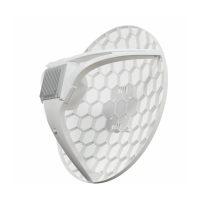
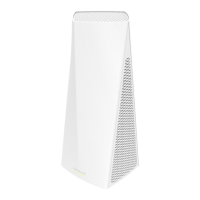
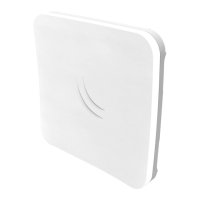
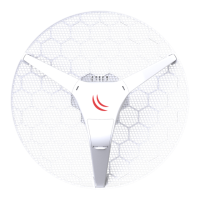
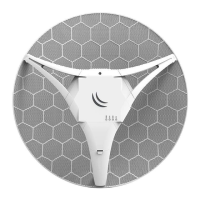
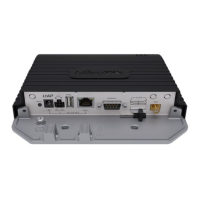

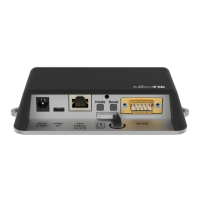

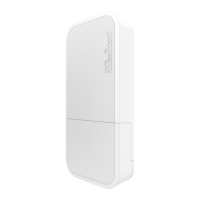
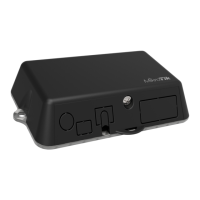
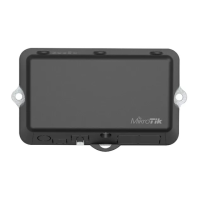
